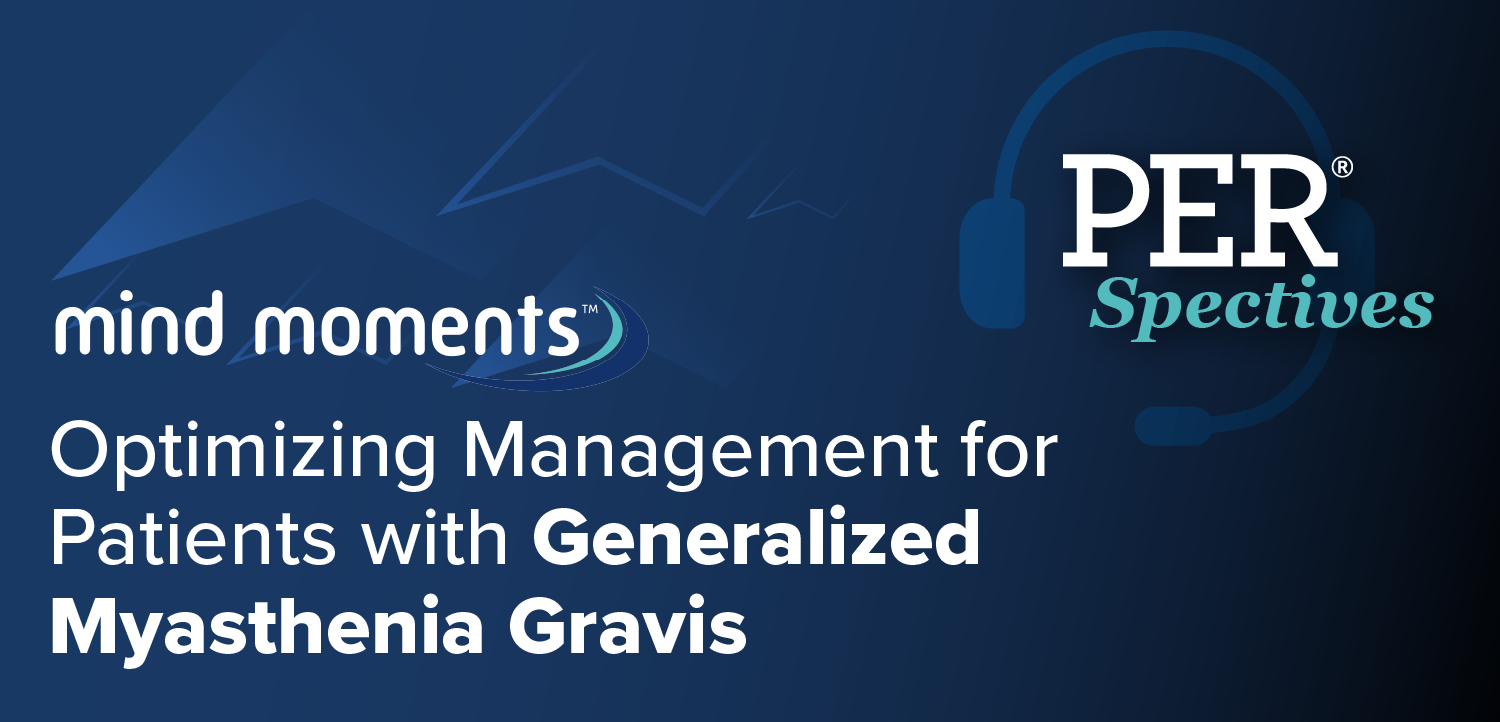
Translational Science Reshaping the 2025 PNS Annual Meeting Agenda: Kathrin Doppler, MD; Vincent Timmerman, PhD, MSc
Key Takeaways
- The PNS Annual Meeting is the largest global event focused on peripheral nerve biology and medicine, scheduled for May 17-20 in Edinburgh, Scotland.
- Recent advancements include gene therapies for Charcot-Marie-Tooth disease, immunomodulatory treatments, and targeted therapies like small molecules and CAR T-cell therapies.
A pair of committee chairs for the Peripheral Nerve Society’s Annual Meeting discussed how this year’s meeting reflects a growing emphasis on therapeutic research and translational progress in peripheral neuropathies. [WATCH TIME: 2 minutes]
WATCH TIME: 2 minutes
"We’re seeing a convergence of science and clinical care—treatments are now catching up to decades of diagnostic discovery in peripheral neuropathies."
The
The event will offer a platform for clinicians and scientists to exchange ideas, access unpublished data, and align clinical and scientific priorities for peripheral nerve disorders. In recent years, the field has seen progress in the development of gene therapies, particular in conditions like Charcot-Marie-Tooth disease, as well as immunomodulatory treatments, and targeted therapies like small molecules and CAR T-cell therapies.
Ahead of the meeting, NeurologyLive® sat down with committee chairs Kathrin Doppler, MD, and Vincent Timmerman, PhD, MSc, who spoke on the evolving focus of this year’s meeting, and how it may differ from previous iterations. Doppler, a neurologist at the University Hospital of Wurzburg, in Germany, and Timmerman, a professor at the University of Antwerp, in Belgium, noted a clear shift from predominantly diagnostic and biomarker research to a broader emphasis on treatment strategies. Both experts emphasized the growing convergence of basic science and clinical application, pointing to a more translational agenda that aims to expand treatment possibilities.
Transcript edited below for clarity.
Marco Meglio: How does this year's PNS Annual Meeting differ from previous years, and how do the research and sessions reflect broader changes happening in the field?
Kathrin Doppler, MD: I think one of the major differences—though it’s more of a gradual trend over the past few years—is the increasing focus on therapy. In previous meetings, there was a strong emphasis on gene discovery in hereditary neuropathies, as well as the identification of new autoantibodies in inflammatory neuropathies. We also saw a lot of work on biomarkers and diagnostic approaches for peripheral neuropathies.
But beginning last year, and even more so this year, there’s a noticeable shift: we’re seeing more talks and abstracts centered on treatment. As you mentioned, there are now new treatment options emerging in inflammatory neuropathies, many of which are currently in clinical trials. Even in hereditary neuropathies, there’s a growing body of research focused on potential therapies. That includes treatment strategies for chemotherapy-induced neuropathy and broader discussions on how to protect peripheral nerves.
Vincent Timmerman, PhD, MSc: That was perfectly stated—I don’t have much to add. I’d just emphasize that we’re seeing a stronger translational direction emerge. Early on, the meeting leaned heavily toward basic research with some clinical overlap, but now, there’s a real convergence between science and clinical application.
This is reflected in the growing development of therapeutic strategies. Of course, not every disease will have a treatment, at least not in our lifetime—many questions remain unanswered. But the integration of technologies like gene therapy and immune-based treatments is allowing us to begin addressing both ultra-rare and more common neuropathies in ways that weren’t possible before.
Newsletter
Keep your finger on the pulse of neurology—subscribe to NeurologyLive for expert interviews, new data, and breakthrough treatment updates.




































